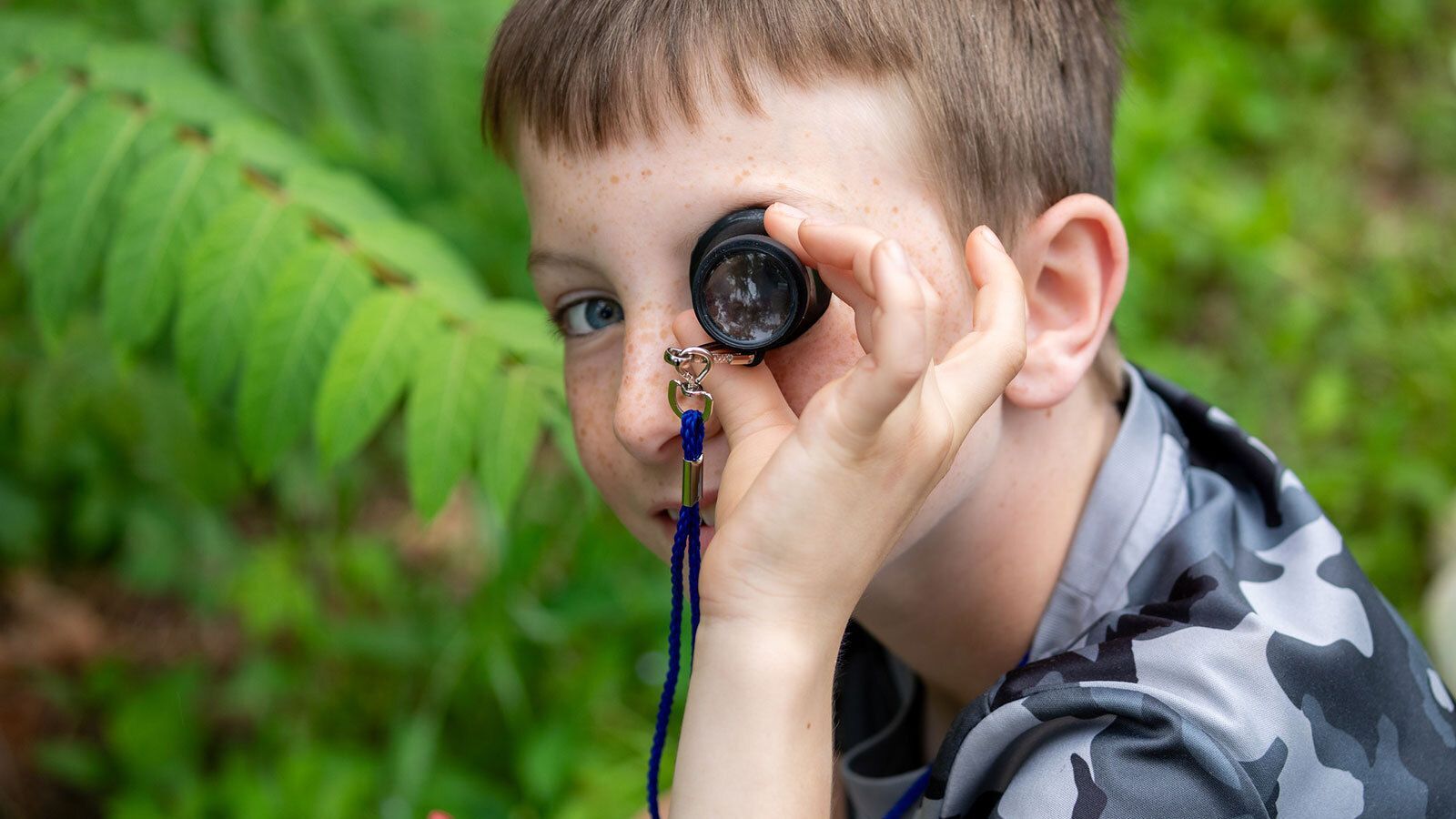Chances are you have admired a bright blue, yellow, or orange butterfly floating by in the spring and summer, but their not-so-famous cousin, the moth, is also a beautiful insect to be admired! Moths come in all shapes, sizes, and colors, and are very helpful critters. Let's learn some more about moths and why we should appreciate them!
First, what is a moth? An insect, of course, which is a group of animals with six legs and antennae, but how do they compare to butterflies? Did you know that both moths and butterflies are important pollinators?!
A pollinator is an animal that helps to transfer pollen from one plant to another, ensuring that our yummy fruits and vegetables are able to be created by the plant!
Moths generally fly at night and butterflies fly during the day. Just like bees, moths visit flowers to feed on nectar.
One example of this is the beautiful evening primrose that only blooms at night. This means that the evening primrose can't depend on butterflies to visit it since they are all sleeping during the night. Moths are the only ones who visit the evening primrose and help pollinate it! There is even a special primrose moth that is made to pollinate the evening primrose! How cool!
Moths start out as eggs which turn into caterpillars and then finally into moths. Both the moth and the caterpillar are food to lots of other animals including birds, bats, lizards, frogs and all sorts of creatures.
And moths have some cool unique characteristics, like their fuzzy antennae. To survive in the wild, moths have some remarkable camouflage abilities, making them less vulnerable to predators. Some species even mimic the appearance of leaves or twigs to avoid detection. Certain moths can even produce chemical defenses or emit ultrasonic signals to deter predators.
And some have no mouths! Our beautiful Luna Moth has no mouth and therefore doesn’t eat! It lives only a couple of weeks, because their sole purpose is mating.
One amazing moth is the hummingbird (also know as sphinx) moth. They look like miniature hummingbirds as they fly from flower to flower to drink sweet nectar.
How can we help moths?
Spread the word about how cool moths are! They need our help for others to understand they are just as beautiful and unique as butterflies.
Plant native plants to ensure moths have plenty of food.
Don't squish caterpillars! Caterpillars will turn into beautiful moths or butterflies, and they can also create food for hungry baby birds. No more caterpillars, no more baby birds, and we don't want that!
Please, please turn off your outdoor lights at night or use motion detectors so they’re only on for short periods. Artificial lighting at night poses a serious threat to moths, birds, bats, and other nocturnal animals, disrupting their navigation, hunting, and even reproduction.
Such simple changes can make a big difference!


